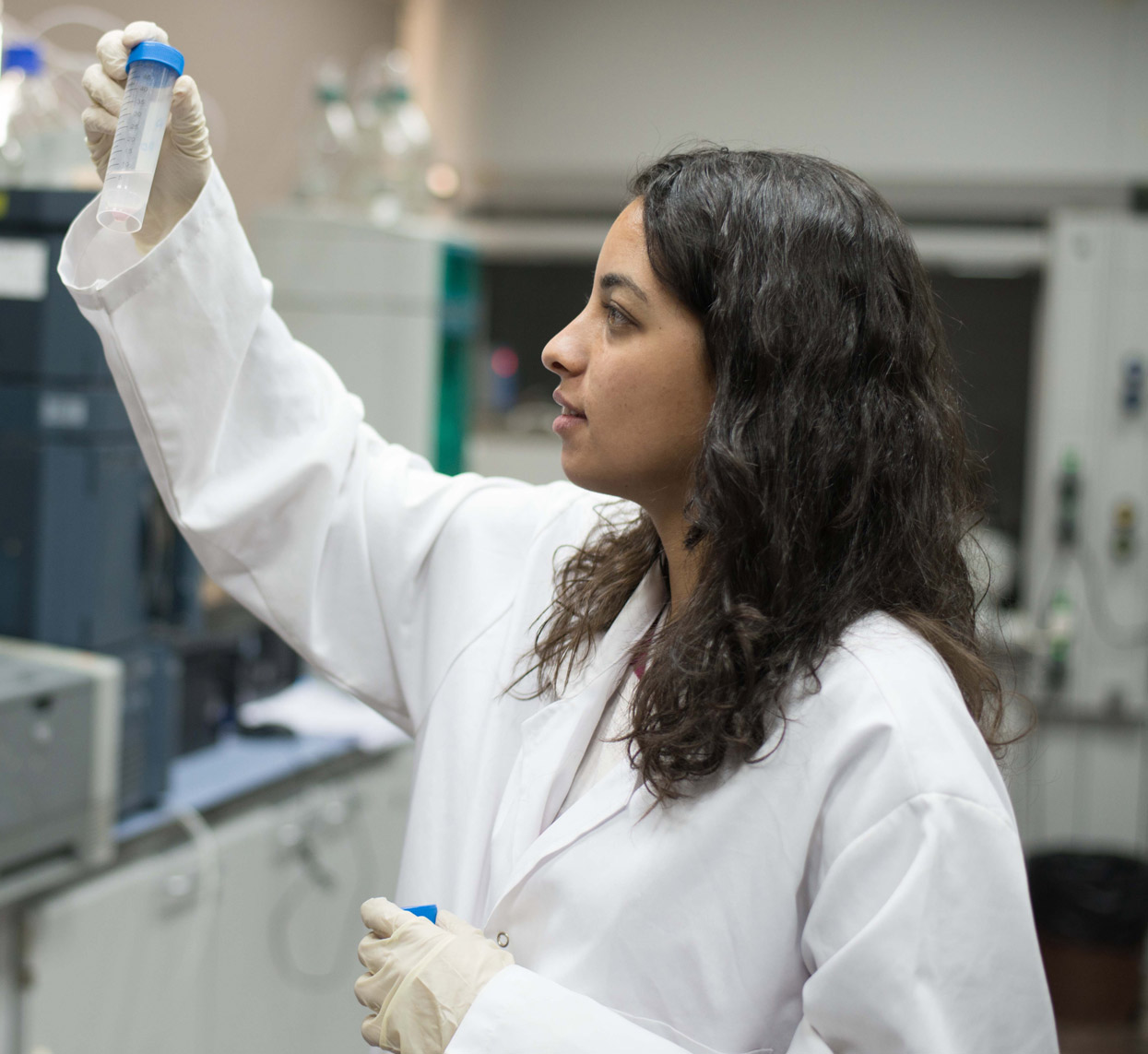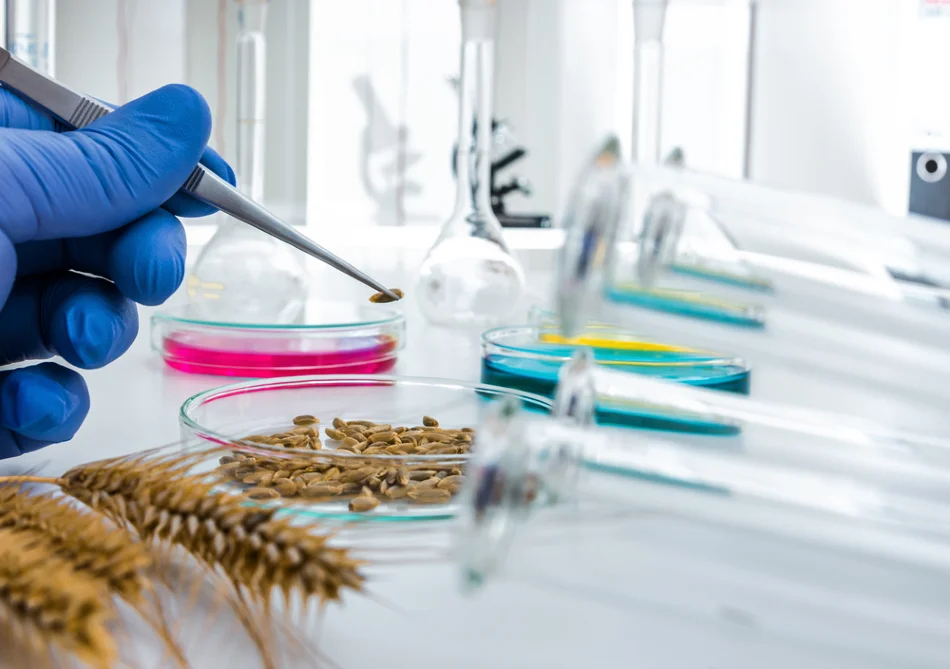Food Quality
Food quality is the attributes and properties of a food product that are acceptable to consumers, meets their expectations, provides value for money, and meets required standards.
QCAP Lab performs many food quality analyses, including:
- Ash.
- Moisture content.
- Protein.
- Anisidine value.
- Acid value.
- Peroxide value.
- pH.
- Hydroxymethylfurfural.
- Honey sugars (glucose, fructose, sucrose and maltose).
- Vitamin B Complex (thiamin, riboflavin, niacin, niacinamide,pantothenic acid,pyridoxine, biotin, folic acid and cyanocobalamin).
- Vitamin C.
- Vitamin A.
- Vitamin E.
- Vitamin D3.
- Allergens :
- Histamine
- Lactose
Processed food contaminants: are undesirable chemical byproducts that may arise during food processing, notably when heating, drying, or fermenting food.
Methods of analysis of processed food contaminants at QCAP Lab are:
- Acrylamide
- PAH’s (4 EU priorities)
- 3-MCPD


Sudan dyes, in chili and ketchup
Nitrate and Nitrite, in processed meat and potatoes
Food and juice Synthetic Colors
Food and juice Synthetic Sweeteners
Oils and margarine (ghee) Antioxidants
Sulfites as Sulfur dioxide, in dried fruits and vitamins: organic compounds that are important for living organisms and are considered as vital nutrients in limited quantities.
The increase in the percentage of certain vitamins over the acceptable limits may cause some damage (such as vitamin A poisoning).
The pesticide residue laboratory analyzes several important vitamins, including:
Vitamin A, E and D in all types of food
Vitamin B1, B2, B3 and B6 in grains.
Food contact:
everything that comes into contact with food such as conservation packages, transportation, kitchenware and food processing tools. These compounds are so numerous that they have reached more than 3000 compounds until now.
Analysis is made for a group of contaminants from food contact including:
- 8 phthalate compounds
- DMP, DEP, DBP, DIBP, BBP, DEHP, DOP, DIDP, in oils.
– Analysis using GC-MS was adopted in 2013.
– This method of analysis covers the European limits.
– Investigation limit reaches up to 0.125 mg/kg.
– Bisphenol A
– Bisphenol A in children packages
– Analysis using HPLC was adopted in 2011
– Investigation limit reaches up to10 micrograms/kg limit.

Staff
Prof. Dr. Ahmed Mamdouh – Head of Department
Dr. Alaa El-dean Fathy Ahmed Abo-Elhassan – Deputy




